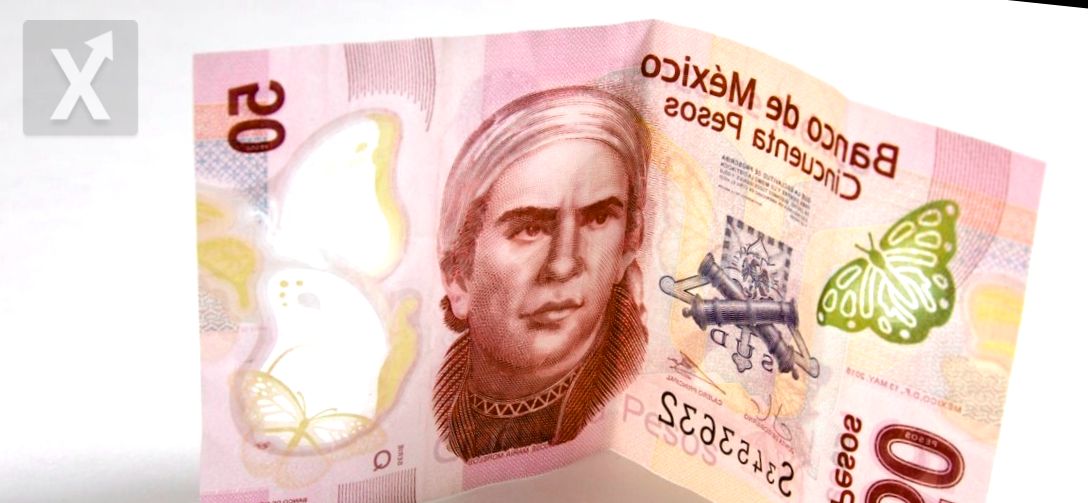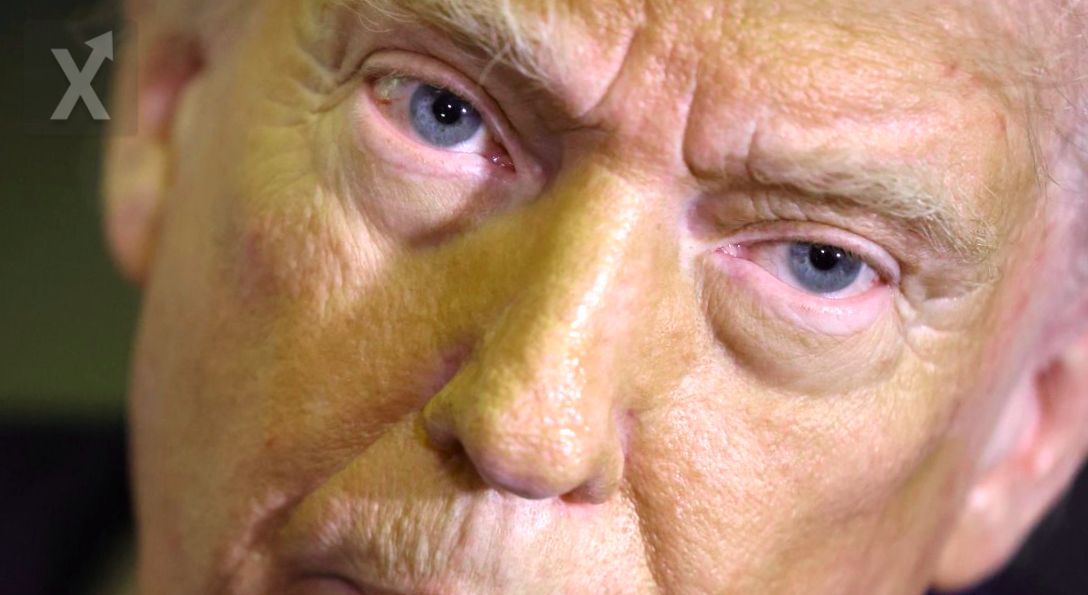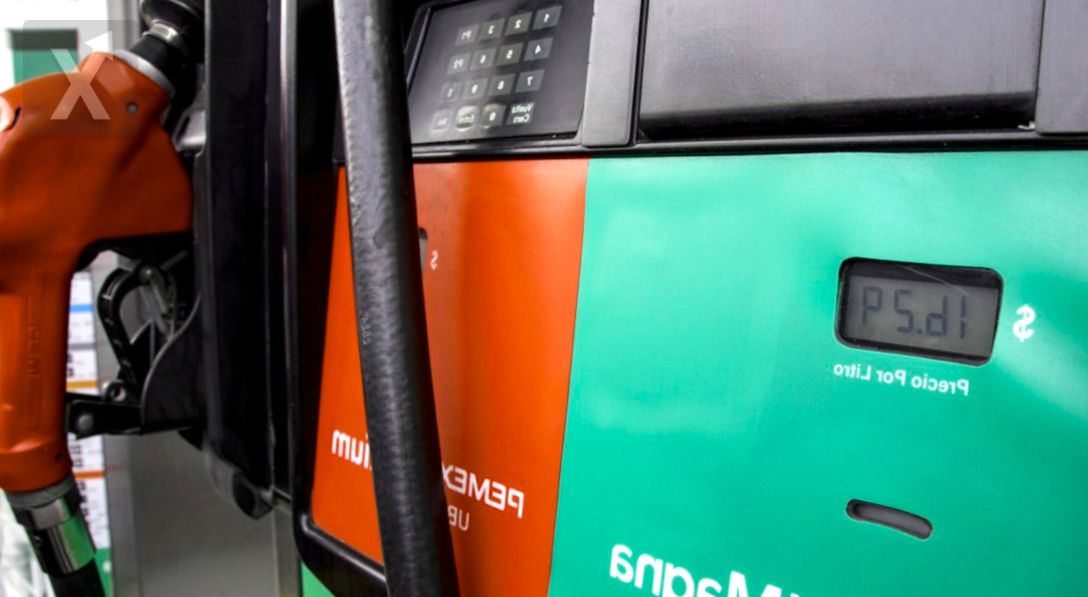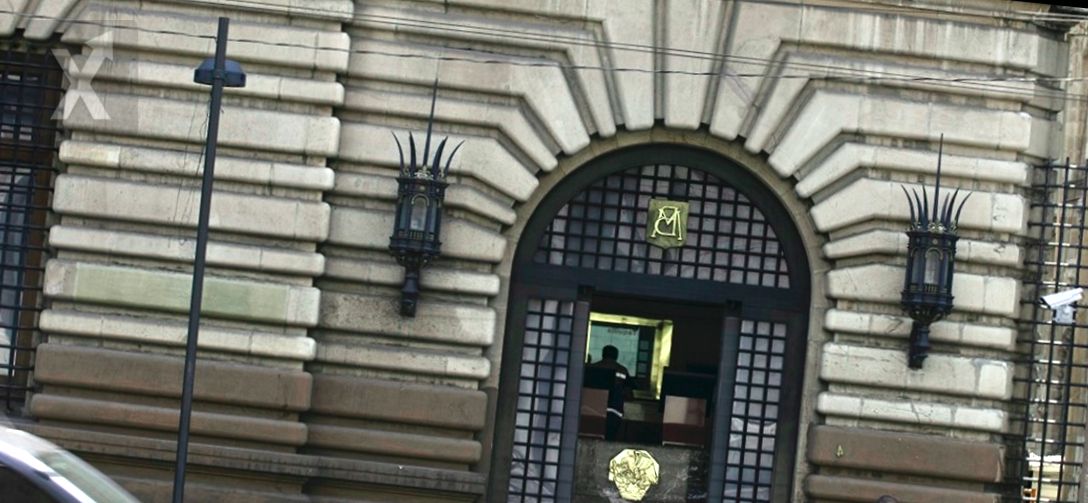The Role of the Exchange Rate and Banxico's Surplus in Achieving Fiscal Goals
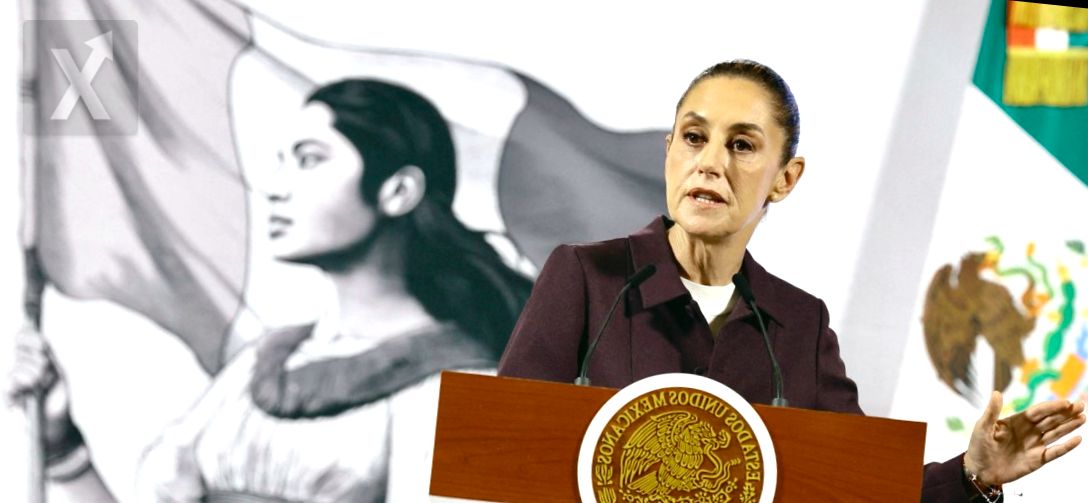
The decline of the exchange rate and the surplus generated by the Bank of Mexico (Banxico) will be crucial for the federal government to achieve its 3.9% target this year. Gabriel Casillas, chief economist at Barclays, mentioned in a conference that with a peso trading lower, around 21 pesos per dollar, it can offset the slowdown in economic activity.
Banamex had forecasted in January that Banxico would transfer 110 billion pesos in surplus to Claudia Sheinbaum’s government, which represents about 0.3% of GDP. Barclays estimates that this figure could be between 0.3% and 0.5% of GDP. While some banks warn of stagnation in Mexico's growth this year, Barclays maintains its projection of a 0.7% growth rate this year and 1.5% for 2026. Meanwhile, the OECD announced on March 17 that it anticipates a contraction of 1.3% due to a context of tariffs. Erick Martínez Magaña, an exchange rate expert at Barclays, emphasized that one of the advantages of a flexible exchange rate regime is its ability to cushion external shocks. "When there’s slower growth, the exchange rate adjusts, benefiting exports, while if tariffs are imposed, the exchange rate can help mitigate their effects," he added.
Casillas also noted that, although they expect a contraction in the first quarter, they do not believe there will be more quarters with negative numbers and dismiss the possibility of a technical recession. Regarding the Pre-Criteria that the Treasury will reveal on April 1, Barclays will be paying attention to the amounts the government allocates to Pemex and the credibility of the assumptions used for planning in 2026. This is a crucial aspect, as next year Pemex will have to manage the repayment of bonds totaling $3.6 billion, including $1.5 billion and a $5 billion credit line. "The main challenge is to allocate more resources to Pemex so it can make more capital investments and increase its oil production, which has been quite low," Casillas emphasized.
It is clear that the current situation demands proactive measures. Pemex's ability to increase its production will be critical not just for stabilizing the energy sector but also for strengthening the Mexican economy as a whole. Focusing on efficient management of the surplus and a well-defined strategy to tackle the challenges posed by the exchange rate will be determining factors for Mexico's sustained growth in the coming years.
